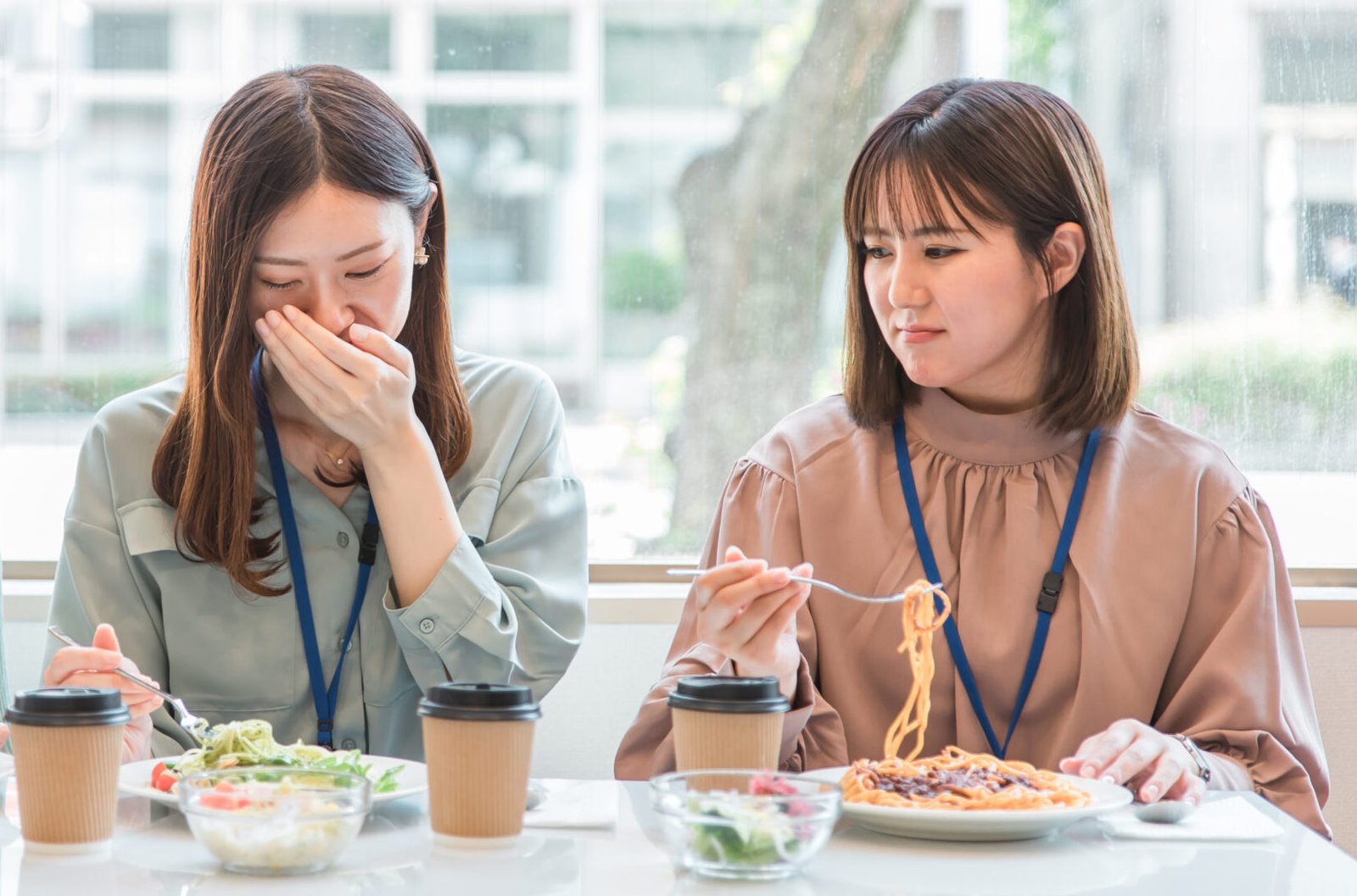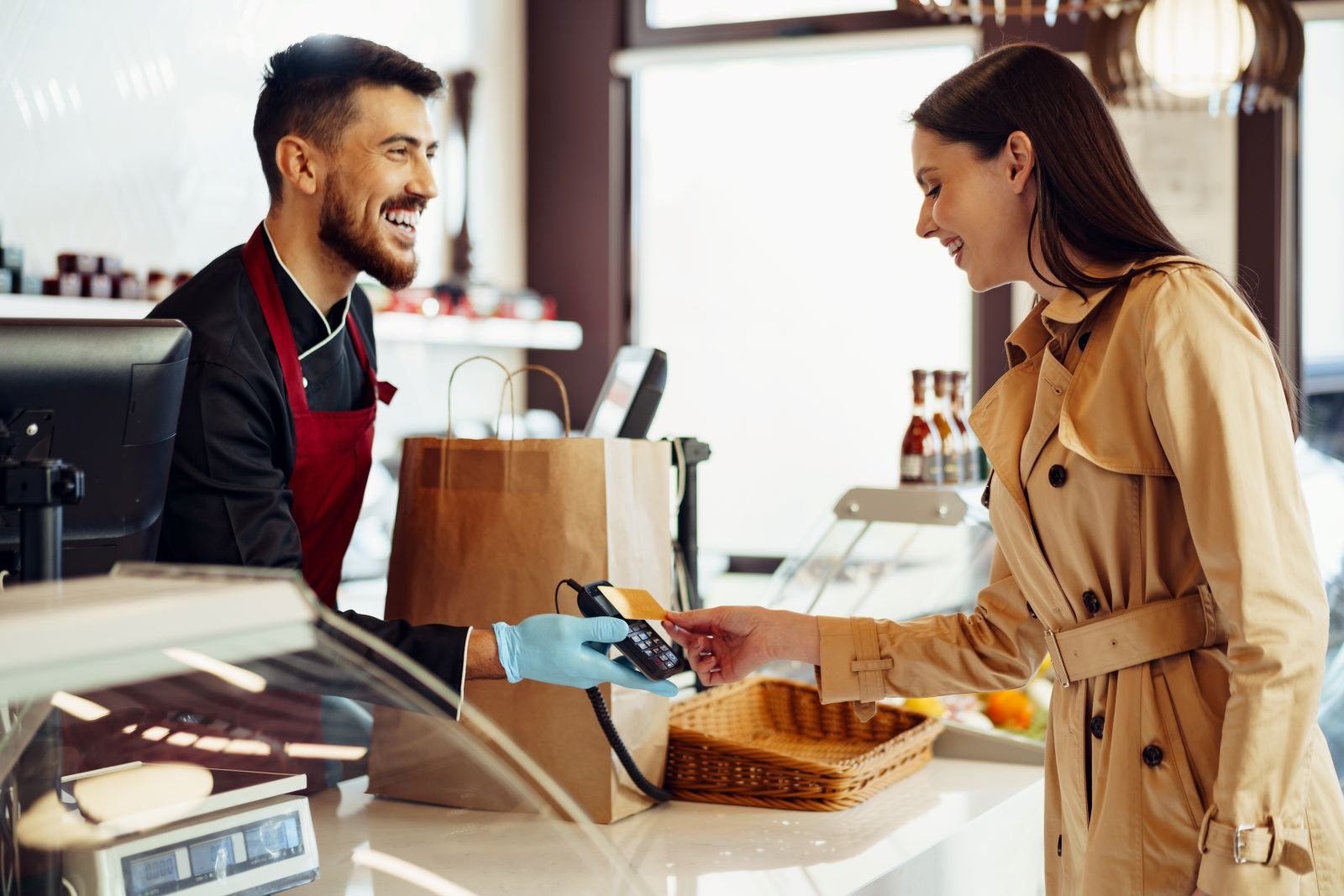Many people dine out often, and some go out on rare occasions. Whatever the reasons are, if restaurants charge you extra for some scam, this will leave you unsatisfied and frustrated. The best you can do is to be aware of the primary and shared ways they charge you extra to earn profits. This blog focuses on 10 common restaurant scams that create a dent in your pocket and rip you off.
Extra Charges

Most of these are generally service charges or table charges. According to Eat This, Not That!, nearly 15% of fast-food restaurants are now charging a service fee, which is one reason why eating out has become more expensive. These service charges are often mistaken for a tip.
This charge may go to a restaurant, leading customers to double-tip through the service charge once and an additional tip they leave on the table.
Today’s Specials

Have you seen today’s special items on the menu card or the chalkboard? These are generally more expensive than other general items. The specials may not be as fancy as they cost, and you may pay premium prices for them.
Highlighting certain items as specials, restaurants create a perception of uniqueness, and customers end up paying more without necessarily increasing in quality or proportions. To avoid paying extra, check reviews and feedback from other customers to see if the specials are worth the price.
Over Charging For Water

Many restaurants charge a price that is above the price printed on the bottled water, which can significantly increase your bill. Restaurants run their business with a profit motive. They can cover some overhead costs and earn more profits by overcharging for water. To avoid paying extra, you can ask for tap water and save a good amount of money.
Unsealed Water Bottle

A proper seal indicates that the bottle has not been tampered with. These scams are often done with bottles that have twist-off caps, which can be manipulatively shown as unopened.
Portion Manipulation

Some restaurants use these tactics to earn a little extra. For non-weight food items like pasta or side dishes, the restaurants may serve smaller portions and justify it by saying the price is on the quality.
Diners expect a fair portion of the food they order at that value. Due to these scams, they are left unsatisfied and hungry, impacting the overall dining experience.
Substituting Cheaper Ingredients

One of the most pathetic scams restaurants can do is cost-cutting methods by substituting unhealthy and substandard items on the menu description. It can lead to dangerous consequences as well. Suppose a person allergic to peanuts is served a dish where peanuts are substituted in the dish but not mentioned in the menu.
Fake Restaurant Review Scam

According to Social Places, a new scam has emerged where scammers target individuals by posting fake reviews of restaurants on Google Maps in exchange for money. Nowadays, before checking out a new restaurant, one goes through Google ratings and reviews and checks the vibe. These fake reviews increase consumer distrust, making it difficult for customers to find genuine feedback. Both restaurants and customers must be aware of such scams.
Credit Card Skimming

Credit card skimming is a type of fraud in which a skimming device saves the customer’s credit card information when they pay the bill. When the restaurant staff swipes your card, it illegally stores the card’s magnetic strip data. It can also be the case that some dishonest employees may carry portable skimmers and wipe them through before processing the actual legitimate transaction. If these contactless payments are not possible, watch your card when it is swiped and monitor your account activity.
Misleading Offers

Restaurants use specific tactics like special offers, discounts, or promotions, which lead you to spend more than usual. These deals may have hidden conditions that one cannot see immediately. For example, you went to a restaurant where the offer of a buy-one-get-one free on cold drinks was on, but after visiting, you found that the offer might require the purchase of two drinks, and only then is the offer valid. These offers bury the minimum purchase requirement details in fine print. To avoid paying extra and getting lured by these offers, check reviews before, calculate costs independently, and carefully read the fine print.
Phantom Orders

Servers or staff may intentionally add items to your bill that you have never placed in the first place. This can happen in both dine-in settings or take-out deliveries. You can also be charged twice for an item. To avoid such scams, always review your bill thoroughly before paying and match it with what you ordered; if you notice anything out of the box, ask your doubts. For take-outs and deliveries, don’t throw away the receipts.
